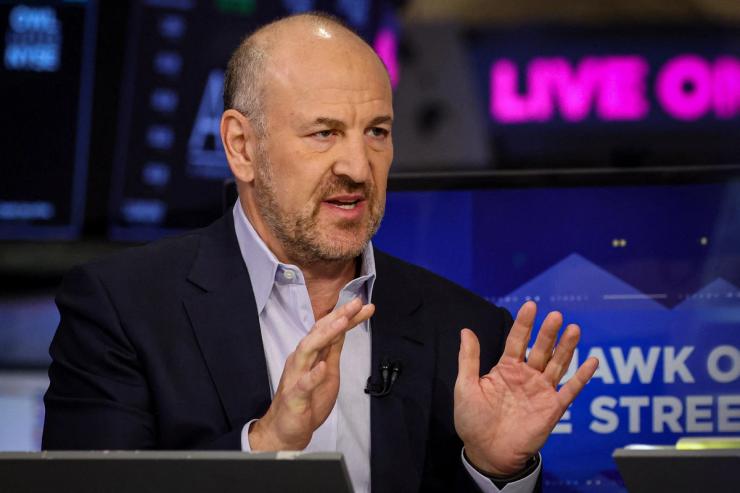The News
Blue Owl called off a plan to merge two of its credit funds, a rare stumble by a firm that has become the poster child for private credit’s swift growth and, now, investor worries.
Blue Owl had planned to merge two portfolios of essentially identical loans, one privately held by wealthy investors and the other publicly held by mom-and-pop shareholders. It was making good on a nine-year-old promise to investors in the private fund to give them an off-ramp by 2026.
The problem: The public fund, known by its ticker, OBDC, trades at a steep discount that has grown as concerns mount about private credit loans. The merger would have risked big losses for the private fund as its valuation came more into line with the public vehicle, which is 10 times larger. Rather than see investors vote the idea down, Blue Owl scrapped it.
In this article:
Liz’s view
The episode points to a problem for the world of private investing: You can have sacred marks or access to mom-and-pop money, but not both.
Fairly or not, shareholders are nervous about private credit in general right now and about OBDC in particular. (A peer fund by Ares trades right around the value of its assets, with no discount.) I’ve written repeatedly that concerns about private-credit underwriting are fair but overblown; we’re late in a credit cycle, and there’s plenty of sloppiness at banks, too.
But retail money comes with retail vibes. The risk of swift and embarrassing no-confidence votes on loan marks is the cost of investment managers rushing toward the retail money available in public markets, and this tradeoff will keep coming up. Another one to watch is Bluerock (not to be confused with Blue Owl, née Owl Rock) which recently overcame shareholder resistance to taking a private fund public; shareholders had worried that the firm’s marks wouldn’t withstand public scrutiny or jitters.
Notable
- Who is the dumb money, really?, wonders The Financial Times, whose Antoine Gara set off the Blue Owl news cycle last week.


